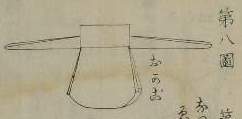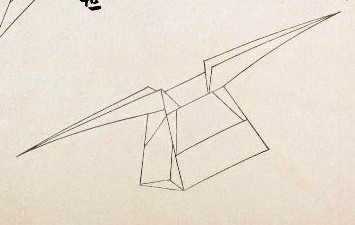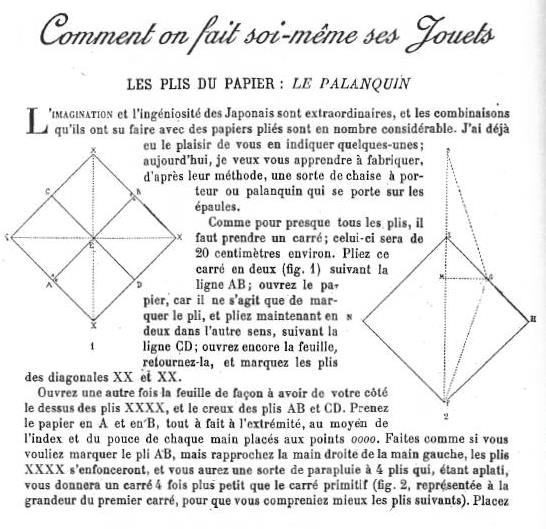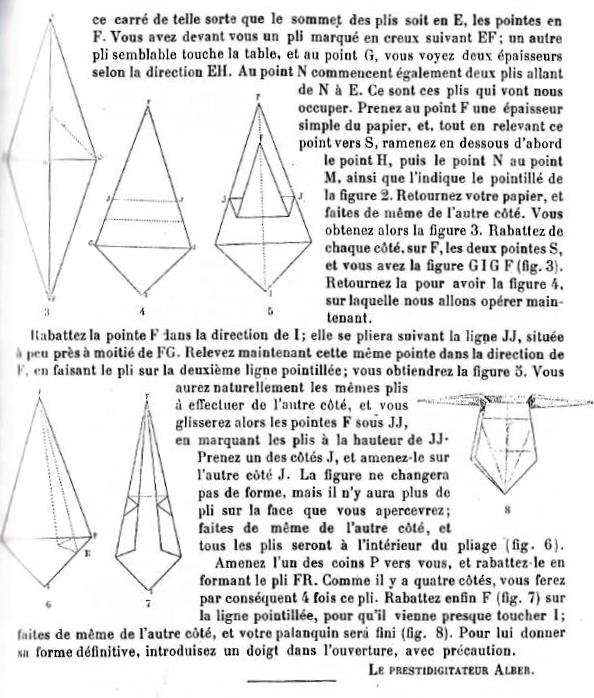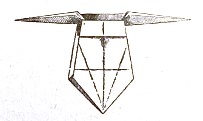| The Public Paperfolding History Project
Last updated 7/12/2024 x |
|||||||
| Sedan Chairs / Kagos / Palanquins | |||||||
| This
page is being used to collect information about the
history of paperfolding designs for Sedan Chairs / Kagos
/ Palanquins, almost all of which seem to be slightly
different to the others. Please contact me if you know
any of this information is incorrect or if you have any
other information that should be added. Thank you. ********** In Japan (and in publications by Japanese authors) 1878 As far as I know a drawing of a Kago design first appears in 'Yochien Ombutsu No Zu', a publication of kindergarten material issued by the Tokyo Women's Normal School in 1878.
********** 1884 A drawing of a second version appears in 'Kindergarten Shoho' (Preliminary Kindergarten) by Iijima Hanjuro, which was copyrighted on October 4th Meiji 17 (1884) and published by Fukuda Senzo in August of Meiji 18 (1885).
********** 1912 A drawing of another version of the Kago appears in a monozukushi-e print, by an unknown artist, but said to be from the Meiji era. I have temporarily assigned it the date of 1912, the last year of that era, pending the discovery of more accurate information.
********** 1931 Diagrams for yet another version appear in 'Origami (Part 1)' by Isao Honda, which was published in Japan in 1931.
********** 1935 'Origami Moyo, Book One', by Kawarazaki Kodo, which was published by Unsodo in Japan in 1935, contains a print showing a version of the Kago.
********** 1944 The Kago also appears in 'Origami Shuko' by Isao Honda, which was published in 1944.
********** 1951 As 'Kago' in 'Origami to Kirinuki' by Saburo Ueda, which was published by Kokkado in Tokyo, most probably in 1951.
********** 1960 A design for a 'A 'Kago' (Palanquin) appears in 'All About Origami' by Isao Honda, which was published by Toto Bunka Company, Limited in Tokyo in 1960.
********** 1965 This design also appears, as the 'Kago', in 'The World of Origami' by Isao Honda, which was published in the USA by Japan Publications Trading Company in 1965.
********** In Europe and the Americas 1900 The design first appears in Western Europe as 'Le Palanquin' in an article by Alber-Graves in the French children's magazine 'Mon Journal', probably published in 1900, although I have not been able to identify the exact date of the article. The introduction says, roughly, 'The imagination and ingenuity of the Japanese is extraordinary, and the designs that they make by folding paper are of a considerable number. I have already had the pleasure of explaining several to you; today I wish to show you how to make, after their method, a kind of portable chair or palanquin which is carried on the shoulders.'
********** 1908 The same diagrams appear in 'Les Petits Secrets Amusants' by Alber-Graves, which was published by Librairie Hachette in Paris in 1908.
********** |
|||||||

